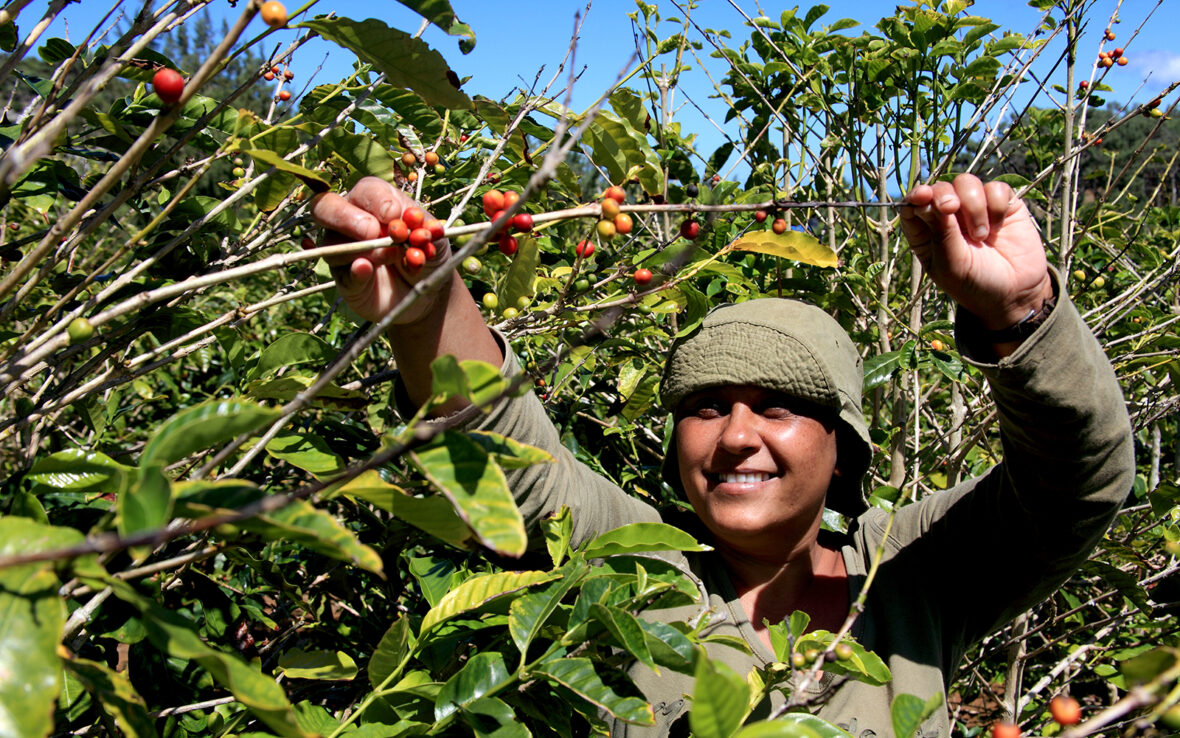Coffee remains a regular part of the working day in many companies. Whether it is a consultation, a client visit or an informal coffee break - coffee is the connecting factor and cannot be left out of the working spheres. In recent years, we have seen solid price increases. With this update, we look back at the causes of the price trend in 2024 as well as bring you the current picture for the business market in 2025.
"By 2024, the price of arabica beans, the most widely used bean variety, rose nearly 70 percent."
The main reasons behind this price increase were:
Climate change and weather effects:
Extreme droughts and frosts in major coffee-producing countries such as Brazil and Vietnam led to lower harvests and a decrease in supply.
Logistical problems:
High fuel prices, shipping delays and disruptions in the global supply chain drove up transportation costs.
New regulations:
European sustainability requirements and anti-deforestation measures imposed stricter requirements on importers, which imposed additional costs.
What we see now in 2025
In early 2025, coffee prices remained high due to persistent shortages and unfavorable weather conditions in producing countries such as Brazil and Vietnam. A brief decline followed in the second quarter, but prices have since returned to high levels.
Whereas last year it was predicted that coffee prices would rise by 20 to 30 percent in 2025, it appears that this expectation has largely come true. Prices are now on average 20 to 25 percent higher than in 2024, mainly due to disappointing harvests in South America, rising transport costs and stricter regulations around sustainable production. Currency exchange rates also play a role: the strong Brazilian real is further driving up export prices.
The price of arabica beans is currently around 380 cents per pound (about €8.50 per kilo), which is considerably higher than the average in recent years.
For businesses, this means that price certainty and long-term agreements are more important than ever. By partnering with a supplier that actively procures and intelligently manages inventory, price fluctuations can be better absorbed and coffee costs remain manageable.

For companies that want to be prepared for further price increases, it is important to make smart choices. Consider:

Choose all-in providers:
Work with suppliers who offer fixed prices for a longer period of time, such as one year. This gives a better price guarantee and provides more stability in costs.

Invest in sustainability:
Choose suppliers that work with sustainable coffee and comply with new regulations. This not only helps with cost control, but also strengthens your organization's image.

Commit to reliability:
Work with partners that are proven stable in their deliveries and service, so you have less risk of disruption.
Conclusion
Rising coffee prices are a challenge for the business market, but they also present opportunities to innovate and work more sustainably. By partnering with reliable suppliers, opting for all-in contracts and putting sustainability first, companies can control costs while contributing to a responsible coffee supply chain. With proper preparation, coffee will continue to be an important ingredient for successful business relationships in 2025.
Curious about our all-in coffee concept?
After reading this blog, are you curious about a coffee supplier with a unique all-in coffee concept? Stop by the CoffeeClick Experience Center and find out what we can do for your business.
Make a no-obligation appointment and experience CoffeeClick for yourself!


